
Olivia Shih: You’ve been writing and lecturing about the history of jewelry for more than three decades. Why has jewelry been so compelling to you through the years?
Toni Greenbaum: I used to refer to jewelry as “the intimate art,” although lately I’ve been reassessing such an all-encompassing designation. Jewels that possess embodied meaning—philosopher/art critic Arthur Danto’s definition of art and one to which I subscribe—fall into that category; others are closer to cultural artifacts, although that in no way diminishes their relevance. All jewelry, however, manifests specific characteristics not applicable to any other objects.
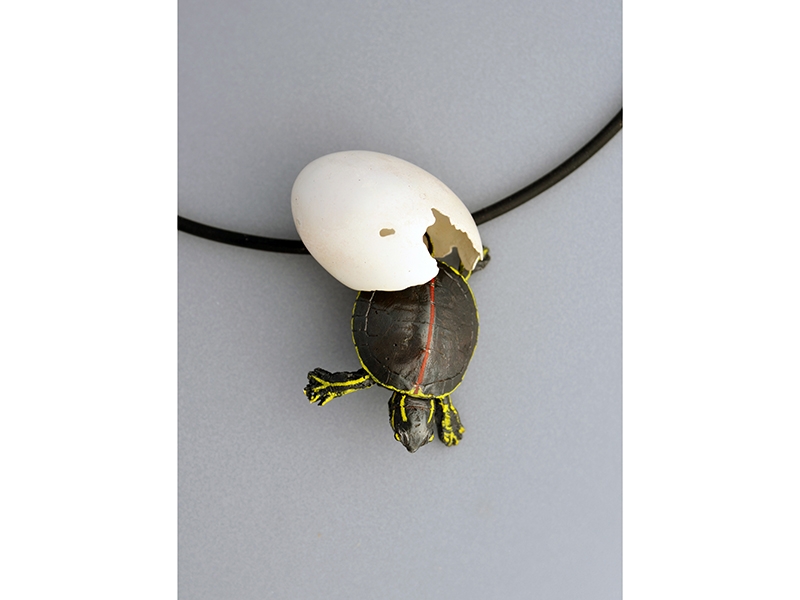
You’ve noted that jewelry is a key societal marker and signifier of human experience. Can you elaborate for our readers?
Toni Greenbaum: Since about 120,000 years ago, during the era of the Neanderthals (as per a recent discovery of shells found on female skeletal remains in the rough configuration of a necklace), just about everyone has worn jewelry at one time or another. This applies to all cultures—tribal, ancient, historical, modern, and contemporary—along with genders, and spans the vast global network. I believe jewelry to be one of the most significant material indicators of cognition. It is both autobiographical and sociological.
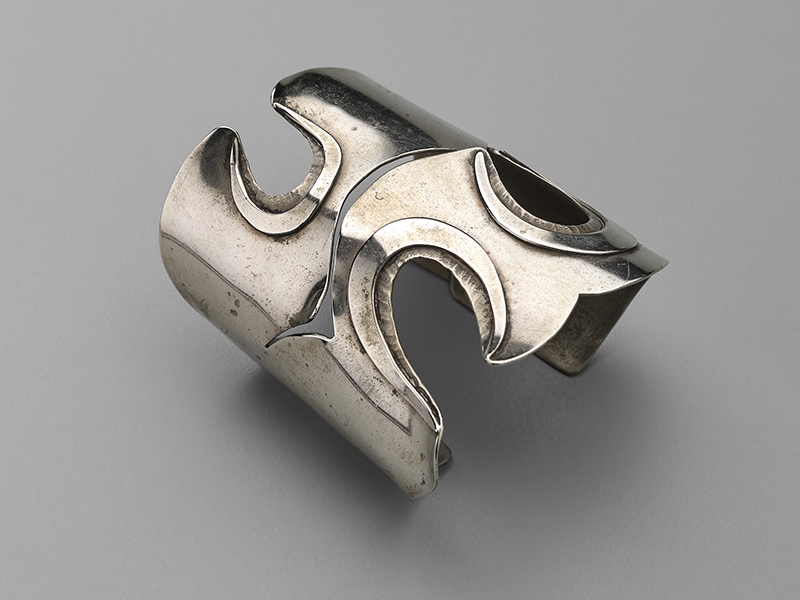
As an art historian who specializes in 20th- and 21st-century jewelry and metalwork, what attracted you to these two specific centuries?
Toni Greenbaum: My personal taste gravitates toward the modern. My educational background is “legitimate” art history, i.e., painting and sculpture. When I was in graduate school, in the 1970s, I specialized in contemporary painting, even though my true academic interest was jewelry, which, at that time, was considered an “applied art.” Institutions of higher learning in the United States did not deem applied art worthy of scholarly inquiry. Nonetheless, I was aware of much European literature on the subject of jewelry history, particularly by Graham Hughes, a prominent British jewelry historian concentrating on modern jewelry and silver. I read all of his books, and a few years later those of Ralph Turner, another brilliant British jewelry historian, who focused his writings on contemporary work.
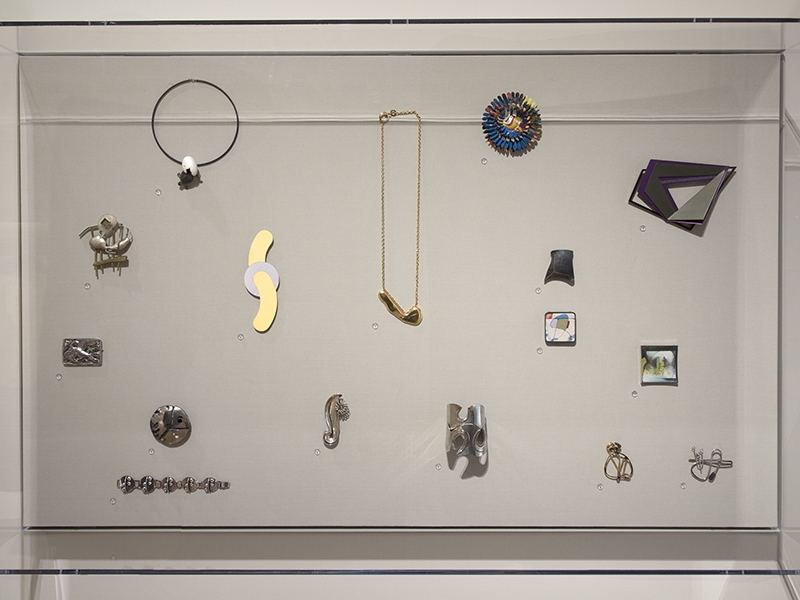
Art jewelry collectors often curate their collections by following a set of criteria, central theme, or personal preference. How did you select the pieces in your collection?
Toni Greenbaum: First off, I am not a “collector”—I am an amasser. Collecting presupposes a strategy. My purchases have been guided by passion and pocketbook, and my holdings are truly ecumenical, including ancient bronze migration and 13th-century Javanese gold rings, Navajo and Kiowa silver, Miao and Southeast Asian Hill Tribe bracelets, modernist Mexican and antique Middle Eastern everything, American Federalist rings, Stuart and Georgian necklaces and earrings, Arts & Crafts and Jugendstil pendants, and GAS (a French costume jewelry company founded in the 1960s—to which I am addicted), in addition to modern and contemporary studio jewelry. Many of these works have become incidentally important, due to the fact that I’ve always sought quality, and perhaps because I have good instincts.
Genuine collectors, as you noted, indeed follow a distinct set of criteria and/or subscribe to an overriding theme. I may have amassed a good deal of jewelry over the years—some of it quite exceptional—but my holdings have little connection to my scholarship, which is my primary thrust, and which does follow a particular set of thematic criteria. Nor do most of my jewels possess much interest beyond their function as personal talismans or pure adornment. I’ve always bought pieces to wear, although jewelry’s typical uses are not necessarily factors that I consider in my historical, critical, or theoretical assessments. And then there are those pieces I bought because I felt sorry for them, or jewelers (and/or dealers) I wished to support, not to mention all the mistakes made along the way that I chalk up to “the learning process.”
Seriously, though, regarding significant works, I try to always purchase those that affect me in the head, the heart, and the gut—intellectually, emotionally, and intuitively, in equal measure, regardless of the category. It is these jewels that are destined for museums, and, quite frankly, I don’t own that many of them.
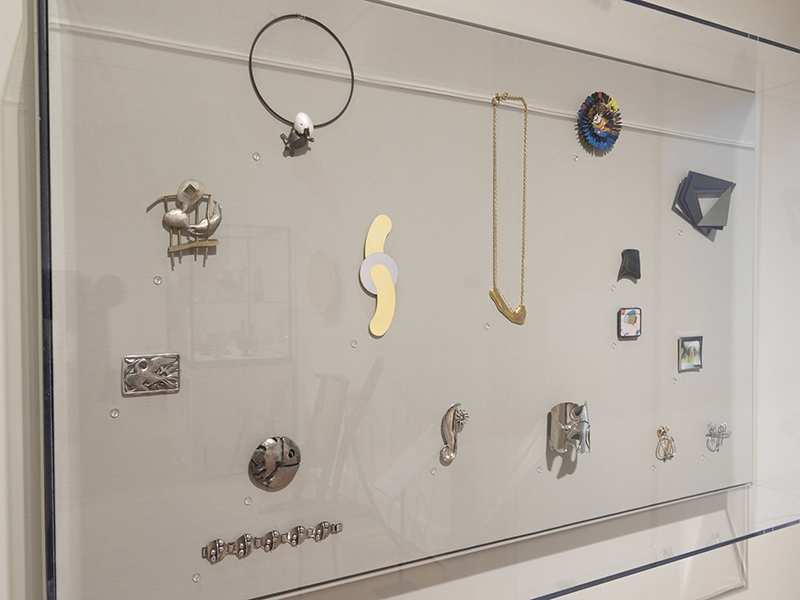
Why did you decide to donate jewelry from your collection? And why choose Yale University Art Gallery as the recipient?
Toni Greenbaum: De-accessioning my illustrative works has always been my intention. I am an educator, and I want my modest holdings to contribute to knowledge about jewelry and its importance as a cultural marker. I chose Yale for some of my American studio jewelry because they publish their entire decorative arts collection online; consequently, images are always accessible for study. Also, I admire Yale’s curatorial approach. I’ve enjoyed both their eclectic permanent collection and special exhibitions for years. The gallery’s staff is terrific. They’re savvy, engaged, enthusiastic, sensitive, open-minded, and reliable.
Your donation includes 16 pieces of American art jewelry. What sets American art jewelry apart from that of other countries?
Toni Greenbaum: Hmmm. I can’t answer that question in a few brief sentences. That’s a topic for an entire treatise. Suffice it to say that each country’s jewelry varies from another’s, just like each country’s cuisine. Naturally, there are myriad overlaps, but also fine distinctions governed by natural resources, history, tradition, educational structure, economic necessities, and so forth. Each region’s jewelry is indicative of its time and place—its “terroir,” so to speak.

At times, the art jewelry world can be insular and difficult for the average person to enter and appreciate. As a passionate advocate for the field, what do you think can be done to bridge the gap?
Toni Greenbaum: We should keep doing what we’re doing. I’m most optimistic about the future of studio jewelry. I’ve been writing about modern and contemporary jewelry for over 30 years, and I’ve seen the field grow exponentially. Most importantly, collectors should continue to donate works to encyclopedic museums, so that contemporary studio jewelry can be studied within the context of works from all periods and locales, as well as both historical and current fine and decorative art in all mediums. Exhibitions are far more effective in building connoisseurship than the literature or jewelry conferences, which tend to be “incestuous.” Reading, networking, and accessing websites are pertinent only after one is aware of a particular discipline.
Apropos of that, I delivered a lecture at the Yale University Art Gallery May 31, during an alumni weekend for several past Yale University classes. I met a New York lawyer who had seen Susan Grant Lewin’s gift to the Cooper-Hewitt, Smithsonian Design Museum, while it was on view recently. He told me how impressed he was with the works in the exhibition, and that he had no prior knowledge of this kind of jewelry. If a presentation like Susan’s collection at the Cooper-Hewitt succeeds in creating even one acolyte, the movement has advanced a notch. Multiply that by Helen Drutt’s collection at the Museum of Fine Arts, Houston; Donna Schneier’s at the MET; Daphne Farago’s at MFA, Boston; Lois Boardman’s at LACMA; Deedie Rose’s at the Dallas Museum of Art; not to mention those in Europe, Canada, Japan, Korea, Australia, and New Zealand, etc.
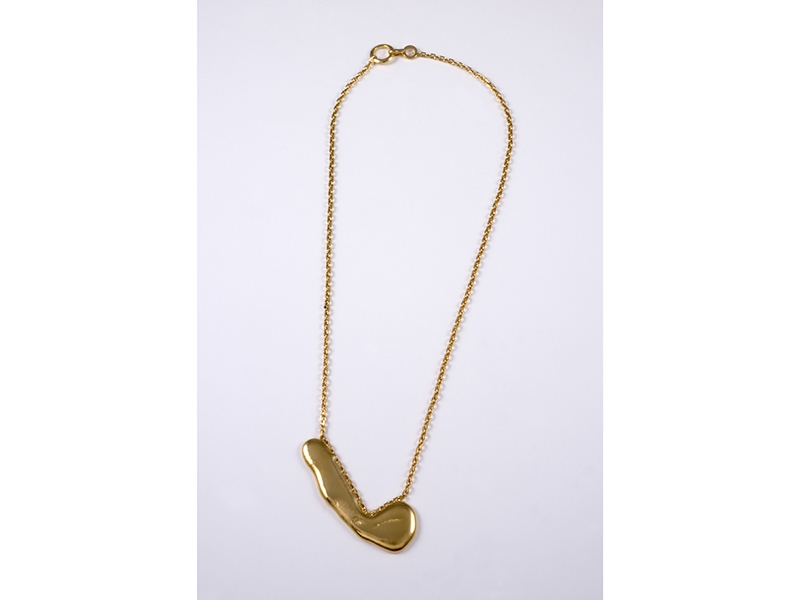
Where do you see the field of art jewelry heading next?
Toni Greenbaum: Onward and upward!!! It’s not for everyone, but neither are truffles.
What advice would you give beginner or aspiring art jewelry collectors?
Toni Greenbaum: Follow websites such as Art Jewelry Forum and Klimt02, and join their umbrella organizations. They offer comprehensive information about all that’s happening within the field. Visit museums that house jewelry collections and galleries that specialize in contemporary studio jewelry. Both are international. When traveling, find out if there are jewelry collections in museums and/or contemporary jewelry galleries at your destinations. Support the makers by purchasing their jewelry. There are sensational examples in every price range. Be confident in your preferences, and let others see you wear the jewelry with pride. Attend jewelry events such as Munich Jewelry Week, in March, and the inaugural New York Jewelry Week this November.

Have you read or seen anything thought-provoking lately? Could you share your findings with our readers?
Toni Greenbaum: Contemporary jewelry enjoys an unusually rich literature. New books—both monographs and those tackling theoretical issues—are constantly being published. For example, check out the current offerings from Arnoldsche Art Publishers, Stuttgart, as well as their archive. My most recent book acquisition is Jewelry Matters, co-written by Marjan Unger and Suzanne van Leeuwen, and published by the Rijksmuseum, Amsterdam. It’s a rigorous survey of jewelry through the ages, using the Rijksmuseum’s collection (with modern and contemporary Dutch jewelry donated to the museum by Unger) as examples. I look forward to the Met’s inter-departmental jewelry exhibition scheduled for this fall. I trust they’ll give modern and contemporary studio jewelry a respectable showing.
Thank you for chatting with me, and I look forward to seeing images of your gift to the Yale University Art Gallery on their website.





